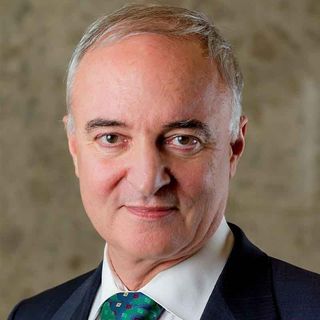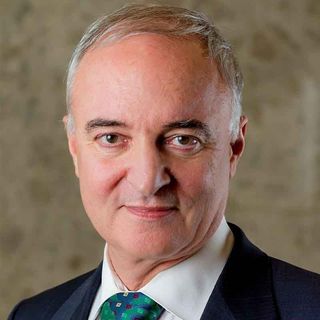Different stages of life can bring various changes to your body. While this isn’t a huge revelation, it can help you understand why you might suddenly be experiencing a change that you’ve never been through before, such as gynecomastia.
One significant physical change that some men may experience in their lifetime is the development of excess breast tissue. This condition is known as gynecomastia. It can be very stressful to have this issue come up suddenly. Thankfully, there are many steps you can take to treat gynecomastia.
What Is Gynecomastia?
Have you noticed extra tissue developing on your chest? Is it getting to the point where you don’t feel comfortable wearing tight-fitting shirts? This condition may even make you feel embarrassed about going to the gym or jogging in the park.
Gynecomastia is a condition marked by overly developed breast tissue. While this is typically a female trait, there are certain medications and medical/hormonal conditions that can lead to gynecomastia.
Causes Of Gynecomastia
Due to hormonal differences in men and women, a lot of men view the development of breast tissue as a female trait. However, the truth is that a lot of men have this issue. Gynecomastia is such a common problem among men that it affects more than half of males at some point in their lives.
There can be several culprits behind gynecomastia. Teenagers may deal with the condition as they go through the stages of puberty and changing hormones. Fortunately, this resolves over time, usually no more than one to three years from the onset. As you age, you’ll eventually experience more hormonal fluctuations, including a loss of testosterone. As this hormone naturally dwindles, you’ll likely see body changes. That’s one reason gynecomastia is so common as men get older.
Aside from hormone changes, other reasons men may develop breast tissue include:
- Taking certain prescription medications
- Marijuana use
- Illegal substance abuse
- Underlying medical conditions
- Obesity
How To Reverse Gynecomastia
The best way to reverse gynecomastia is to determine the condition’s cause. Then, you and your healthcare provider can decide what treatment method is right for you. Following these few steps may be an effective way to reverse gynecomastia:
- Get Active
Increasing the amount of exercise you get weekly can improve gynecomastia.
- Change Your Diet
Eating healthy foods may help you gain control of your symptoms.
- Alter Your Lifestyle Habits
In addition to changing the way you eat and exercising more often, you may need to consider altering other daily habits that can affect gynecomastia, including:
- Limiting your alcohol intake
- Getting good rest at night (7 to 8 hours of sleep)
- Avoiding overly stressful situations if possible
- Eating healthy foods, including those rich in vitamins and protein
- Adding regular exercise to your weekly routine
- Medication/Hormone Therapy
Some medications can help reverse or reduce the effects of gynecomastia. Hormone therapy may also be able to regulate your testosterone levels and diminish the size of overly developed breast tissue.
- Surgery
Sometimes, no matter what treatment you try, gynecomastia won’t go away without surgery. Fortunately, you can choose liposuction to decrease the amount of fat deposits in the breast or pair it with the removal of other breast tissue.
Discover Your Options For Treating Gynecomastia
At Northwest Face & Body, our providers examine your medical history to make sure surgery is the best option for eliminating gynecomastia. After a quick procedure and a couple of months of recovery, you’ll start to see the results of your surgery and feel confident in your body again.







